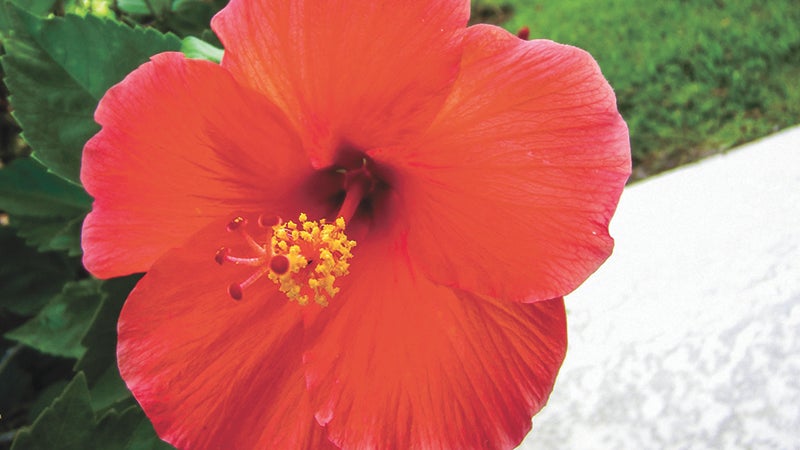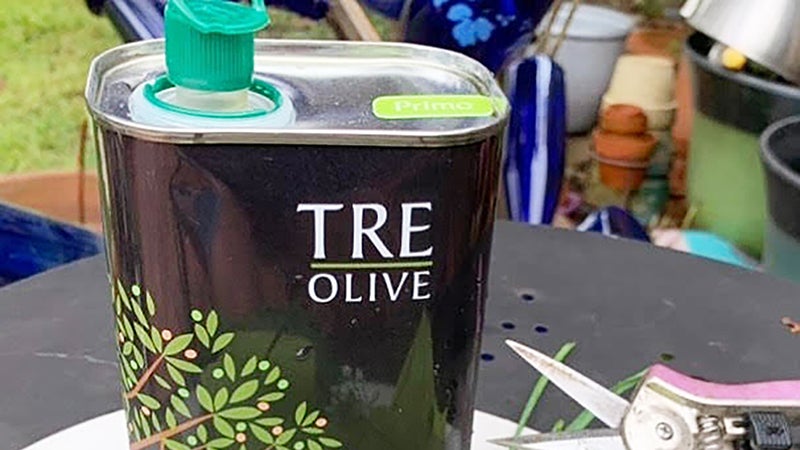OUT IN THE YARD — Permaculture Guilds makes work light
Published 12:04 am Thursday, February 6, 2020
Don’t you wish you could spend less time weeding, feeding and mulching your gardens? Wouldn’t it be nice if you could minimize the effort but maximize the yield? That is the promise of Permaculture Guilds and the dream of lazy gardeners like me.
A Permaculture Guild is a community of mutually beneficial plants that reduces the gardener’s work and also helps wildlife and the environment. Guilds can be incorporated in the home garden. The guild provides disease control, fertilizer, and pollination, which makes the guild healthy and low maintenance.
To make an apple tree guild, plant an apple tree in the center of an area. Circled around the tree is a collection of multi-function plants that will nurture the tree and reduce the need for maintenance, producing more food and flowers and letting Mother Nature do the chores of the gardener.
Bulbs are planted in a circle around the trunk of the apple tree and at the mature drip line. Bulbs such as daffodils, perennial garlic chives, and fennel will keep grass from growing close to the tree, which reduces the competition for nutrients. This will reduce the need for fertilizer and encourage growth of the apple tree. The bulbs should be spring flowering and ideally have an additional function beyond grass suppression. Daffodils keep deer away, and fennel provides food for the gardener.
Inside the outer ring are plants like dill, fennel, and coriander that attract pollinators and predators that eat pests. They also provide edible herbs for the gardener. Soft-leaved plants like comfrey, clovers, nasturtiums, and others are included to provide natural mulch. These can be slashed and left to compost in place, providing nutrients, attracting worms, and suppressing disease. Nasturtiums also repel pests. Also included are plants that accumulate nutrients, such as chicory, dandelions, and yarrow. Nitrogen fixers like clover, alfalfa, beans, and peas can also be planted inside the ring, and nitrogen fixing shrubs can be planted just outside the edge of the dripline.
Each of the elements in the guild performs one or more tasks. Working together, the guild is a system that produces a healthy apple tree, increasing yield and reducing the need for the gardener to water, spray, fertilize, pollinate, and mulch.
I would love to have such a healthy and bountiful apple tree! Now if only this lazy gardener could find someone to plant the guild for me…
If you have questions, you can reach Jefferson County Master Gardener, Peggy Doerschuk, at pdoerschuk@gmail.com or call Texas A&M AgriLife Extension at 409-835-8461.






